DE QUERVAIN’S TENDINOSIS
- Home
- De Quervain’s tendinosis
De Quervain’s tendinosis is a painful swelling (inflammation) of the tendons of the thumb. Tendons are bands of tissue that attach muscles to bones. Usually, tendons slide easily through a tunnel of tissue called a sheath. The sheath keeps the tendons in place next to the bones of the thumb. Tendons that easily slide through their sheaths allow the thumb to move without difficulty or pain. Any swelling of the tendons and/or thickening of the sheaths causes friction. The tendons can no longer easily slide through their sheaths. When this happens, certain thumb and wrist motions become more difficult to do.
The exact cause of de Quervain’s tendinosis is unknown. However, it can be triggered by several factors as follows:
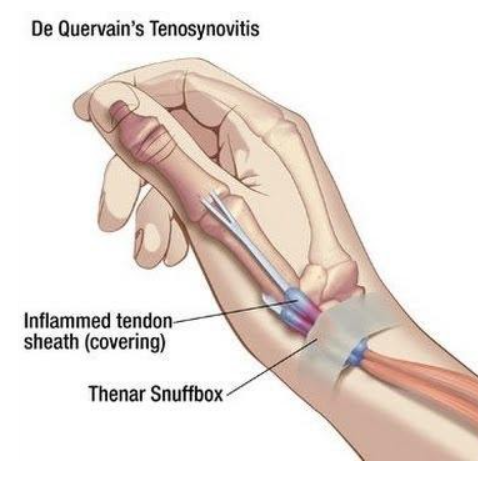

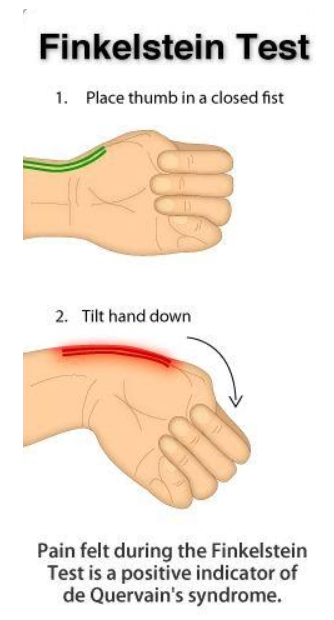

De Quervain’s tendinosis can be treated with non-surgical methods that help manage painful symptoms or with surgery.
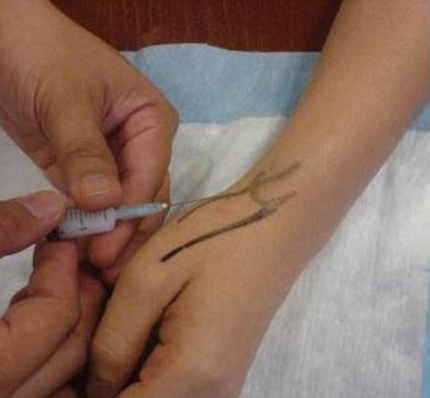
Surgery for de Quervain’s tendinosis is an outpatient procedure typically done under local anesthesia or with mild sedation. During the surgery, a tiny cut is made in the sheath through which the tendons pass. Cutting the sheath allows more room for the tendons to slide more easily through the sheath. The goal of this surgery is to eliminate pain and swelling and restore the range of motion to the thumb and wrist.
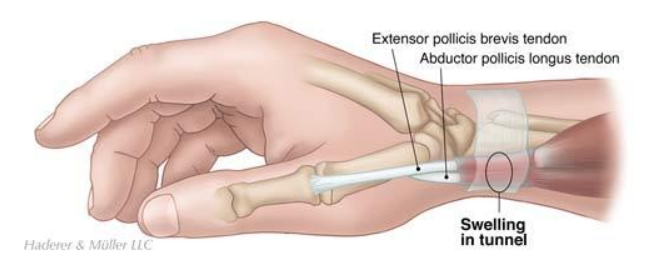
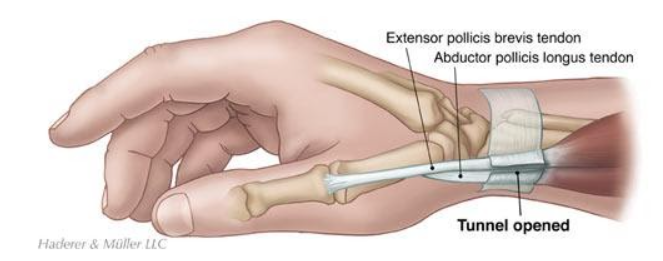

LIFE IS MOBILITY & MOBILITY IS LIFE
Copyright ©2020 . All Rights Reserved Designed by NexEdge